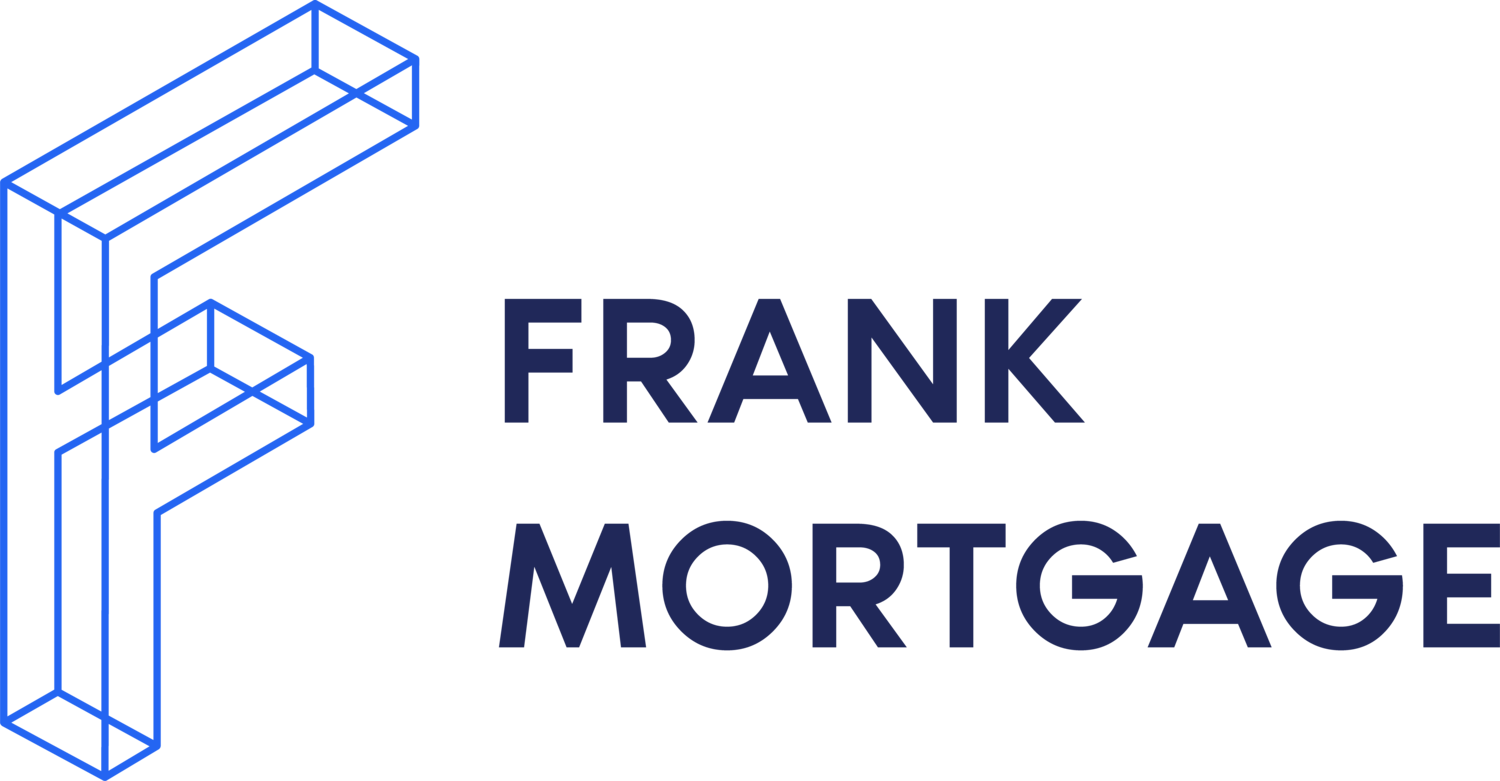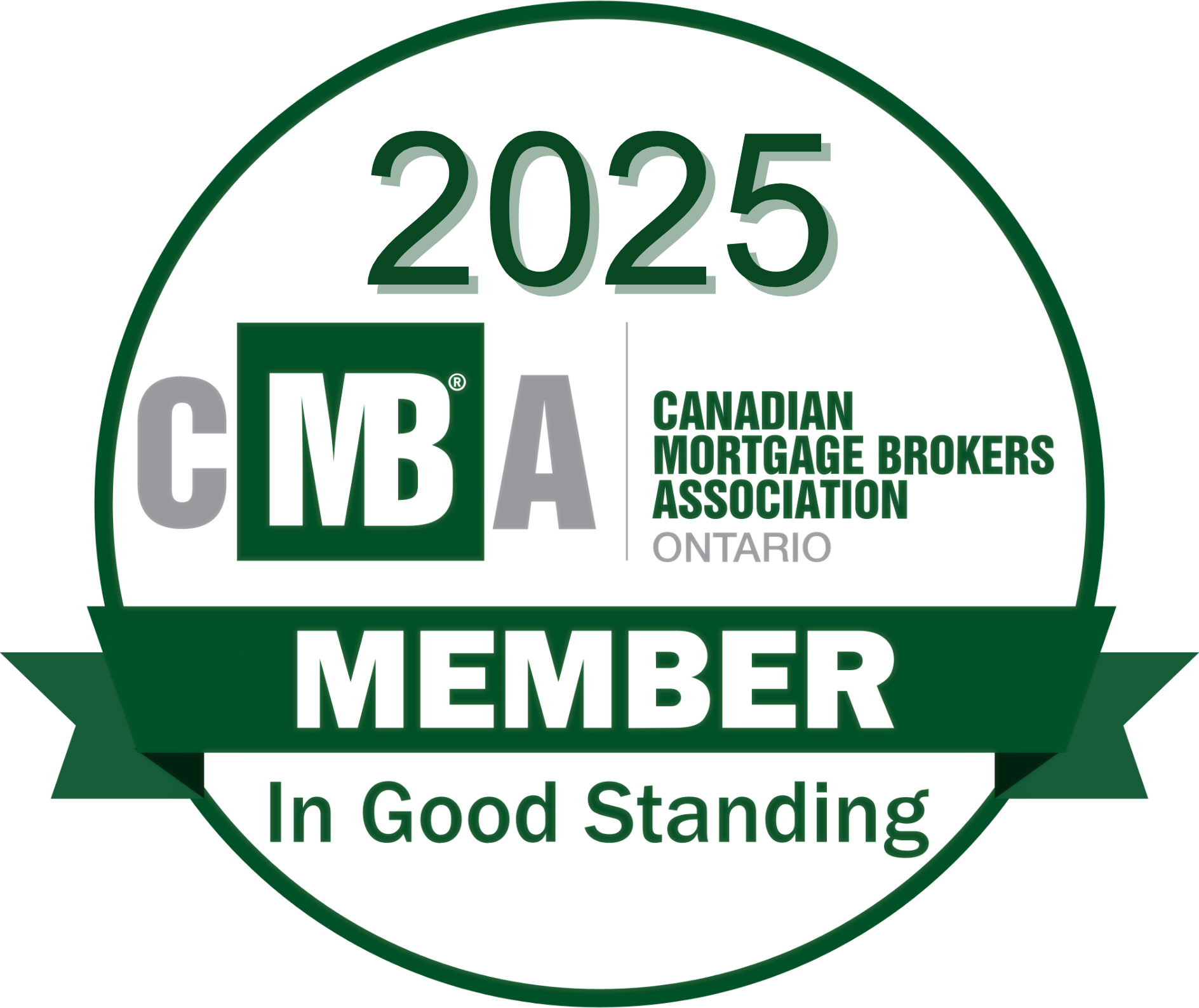Unlock Savings with a Mortgage Switch
A mortgage switch can present a significant opportunity to save money on your mortgage. An upcoming mortgage renewal presents a great opportunity for current mortgage borrowers to consider a mortgage switch. Increasing interest rates, negative amortization, poor service – there can be many reasons for you to be stressed and unhappy with your current mortgage. A mortgage switch presents an opportunity for you to find something better. You can benefit in many ways:
- Find the best discounted rates in the market;
- Find a lender more motivated for your business;
- Find a better level of customer service that you deserve; and
- If you currently have an insured mortgage, you should know that the banking regulator has confirmed that an insured mortgage switch does not require re-qualification under the mortgage stress test. This is a major positive for insured mortgage holders.
Who Should Consider a Mortgage Switch?
Your mortgage renewal date is fast approaching. You know that rates are higher today and are not sure what to do. What are your options? Where can you get the best rate? What if you are unhappy with your current lender and would like to move to another? It can seem complicated, but armed with the right information you can simplify this process and make an informed decision to meet your financial goals.
Your current lender will want you to renew with them but is that the right decision for you? Sometimes it can be, but not always. The three things you can do at mortgage renewal are:
- Renew with your current lender;
- Switch to a new lender, or
- Refinance with either your current lender or a new lender.
It’s crucial to at least explore your options. You can quickly determine whether a mortgage switch makes sense. If it does not, the research you did to make that decision will help you negotiate a better rate with your current lender.
Let’s discuss the benefits of a mortgage switch versus renewing with your existing lender, shedding light on the process and potential savings.
First, let’s start with some definitions.
Mortgage Renewal
When the existing mortgage term has concluded, your mortgage is up for renewal unless you repay the remaining balance in full. At renewal you can renegotiate a new mortgage rate with your lender and pick the term or rate type (fixed or variable). The other terms of the mortgage stay the same or are ‘renewed’.
Mortgage Switch
When your current mortgage reaches its maturity date and is up for renewal, you have the option to 'switch' to a different lender. This process involves transferring your existing mortgage to the new lender, securing a new rate and term for the updated mortgage. Essentially, it's a way of renewing your mortgage with a different lender to potentially benefit from a lower rate or a more favorable lending institution. A mortgage switch is an ideal choice for those seeking to improve their mortgage situation at renewal without changing other aspects of their mortgage agreement.
Mortgage Refinance
A mortgage refinancing is when you replace your existing mortgage with a new mortgage that has different terms than the original mortgage. A refinancing can be done with your existing lender or with a new lender. Refinancings can be done at any time during a mortgage term but if it is done before renewal you will have to pay a prepayment penalty to break the existing mortgage contract. Refinancing can be done to get a lower rate, increase the amortization period, increase the balance of the mortgage or to change other mortgage terms.
A mortgage refinancing creates a new mortgage. The borrower must complete and submit a full mortgage application for lender approval. The lender is required to use the stress test to evaluate any refinancing application.
Why You Should Consider a Mortgage Switch
When your mortgage is approaching its renewal date you will receive a renewal letter from your current lender. This letter will set out the terms for their mortgage renewal offer. You can simply sign back the mortgage renewal letter and it will be done. It is a simple process. However, it is in your best interests to shop around to find the best deal. It is very likely that you can find better rates in the market than the rates offered by your current lender at renewal. You may also find a lender that is a better fit for you in terms of flexibility and service. The simple renewal sign back might save time, but it can cost you money and happiness.
It is very common for a mortgage lender, especially the banks, to not offer competitive mortgage rates at renewal. The way to check this is to shop around to find the best rates in the market. This search could lead to a new lender that is better for you and peace of mind with your mortgage. Alternatively, it can arm you with information to negotiate a better rate from your existing lender at renewal. Either way, don’t just sign back that renewal letter.
If you just need to replace your existing mortgage with a new one at renewal without changing the balance, amortization, or other key terms, then a mortgage switch is a great alternative. A switch involves a bit more work than a renewal, but it is an easy process that can provide significant benefits.

Benefits of a Mortgage Switch
A mortgage switch is the easiest and most convenient way for an existing borrower to move to a new lender and find the lowest rates on renewal. While the decision to switch your mortgage is personal there are two main reasons that borrowers make this decision.
Savings Potential
One of the primary reasons homeowners consider a mortgage switch is the potential for substantial savings. By shopping around and exploring competitive rates from different lenders, you can uncover which lenders offer the best rates. For instance, today, the best five-year mortgage rate in the market is over 40 basis points (0.40%) lower than the best five-year mortgage rate being offered by the large Canadian banks. This represents some serious savings worth considering – payments would be lower by over $1,300 per $100,000 of mortgage over five years.
Lender Preference
If you are unsatisfied with the service provided by your current lender you can make a change. There are lots of lenders that want your business. A simple mortgage switch can put you in a better spot with a lender that provides a higher level of service and is more concerned about you meeting your financial goals. A new lender may also have better terms like prepayment privileges that may benefit you. Getting a mortgage is not just about the best rate. You deserve a lender that makes you happy.
The Mortgage Switch Process
ou found a better rate in the market and your current lender won’t match it. Or, perhaps, your lender will match it, but you are not happy with them and want a fresh start with another lender. What are the steps required to switch lenders?
1. Research
Research and compare offers from various lenders. Consult with your mortgage broker to ensure you have a comprehensive understanding of the options available in the market.
2. Make Sure You Qualify
While it is great news that the banking regulator has confirmed that an insured mortgage switch on renewal does not require the borrower to re-qualify under the mortgage stress test, you still need to be sure you can qualify with the new lender at today’s mortgage rates. Do this before rejecting your current lender’s offer. Note that for an uninsured mortgage switch, you need to qualify using the stress tested mortgage rate (the mortgage rate plus 2%).
3. Understand the Potential Savings and Costs
Finding the best rates is relatively easy if you have an unbiased mortgage broker. You should also know that many lenders offer a discount to their best advertised rates for mortgage switches. This discount can often be 10 bps, which represents significant savings on your mortgage. In addition, some lenders will cover the legal costs of making the mortgage switch for a standard mortgage charge (collateral mortgages may cost you some legal fees). You may still need to pay for the discharge fees for your existing mortgage, which may be a few hundred dollars. While there may be some costs the new lender doesn’t cover, the savings on the mortgage rate can make a switch worthwhile.
4. Submit Your Application
Once you've identified a favorable option, your mortgage broker will initiate the mortgage switch process by submitting an application to the new lender. Your mortgage broker will guide you through the paperwork and ensure a smooth transition.
Finding the Best Deals for a Mortgage Switch
The keys to getting the best deal on a mortgage switch are:
a) Shop Around
Don't settle for the first offer. Shop around and leverage the competitive mortgage landscape to secure the best rates and terms. Talk to an experienced mortgage broker that deals with many lenders and is willing to show you options and provide you with choice. You can also look online for the rate comparison sites that will show you a variety of current mortgage rates.
b) Negotiate
Negotiate with your current lender and potential new lenders. They may be willing to offer better rates or incentives to keep or gain your business.
c) Take Advantage of Lender Incentives
The lender incentives are not usually available with your current lender. The other lenders competing for your business may offer rate discounts, cash back offers, or coverage for transaction fees. Lenders like switch business and the incentives can be very attractive.
Final Word
A mortgage switch can be a strategic move, unlocking savings and providing financial flexibility. Remember to explore your options, understand the savings and potential costs involved, and leverage incentives from lenders. The recent OSFI announcement about re-qualifying adds an extra layer of opportunity for homeowners seeking an insured mortgage switch.
Take control of your financial future – explore the possibilities, make an informed decision, and secure the best mortgage terms for you.
If you have any questions or would like personalized advice tailored to your situation, don't hesitate to reach out to our team at Frank Mortgage. Your financial well-being is our priority. You can reach us at 1-888-850-1337 or at www.frankmortgage.com.
About The Author

Don Scott
Don Scott is the founder of a challenger mortgage brokerage that is focused on improving access to mortgages. We can eliminate traditional biases and market restrictions through the use of technology to deliver a mortgage experience focused on the customer. Frankly, getting a mortgage doesn't have to be stressful.






